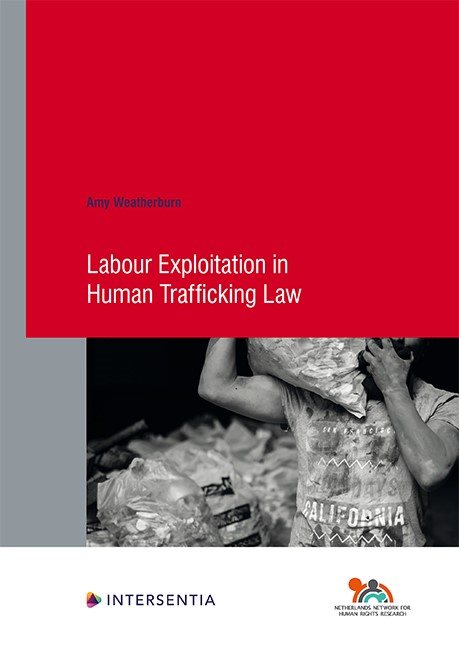Book contents
- Frontmatter
- Foreword
- Contents
- List of Abbreviations
- List of Tables
- Introduction
- PART I Exploitation in Political Theory
- PART II Labour Exploitation in Law
- PART III Labour Exploitation In The Criminal Law Of Belgium And England And Wales
- PART IV Conceptualising Labour Exploitation In Human Trafficking Law
- Conclusion
- Annex 1 List of Cases Accessed in Belgium and England and Wales
- Annex 2 Nationality of Victims and Civil Parties
- Bibliography
- Human Rights Research Series
Chapter 3 - The Legal Understanding of Human Trafficking for the Purpose of Labour Exploitation
Published online by Cambridge University Press: 10 December 2021
- Frontmatter
- Foreword
- Contents
- List of Abbreviations
- List of Tables
- Introduction
- PART I Exploitation in Political Theory
- PART II Labour Exploitation in Law
- PART III Labour Exploitation In The Criminal Law Of Belgium And England And Wales
- PART IV Conceptualising Labour Exploitation In Human Trafficking Law
- Conclusion
- Annex 1 List of Cases Accessed in Belgium and England and Wales
- Annex 2 Nationality of Victims and Civil Parties
- Bibliography
- Human Rights Research Series
Summary
Historically, the international understanding of exploitation in human trafficking law was restricted to instances of sexual exploitation, or the white slave trade. In 2000, the transnational crime of human trafficking was defined in one of three Additional Protocols to the United Nations Convention against Transnational Organized Crime. The entry into force of the Protocol to Prevent, Suppress and Punish Trafficking in Persons Especially Women and Children, supplementing the United Nations Convention against Transnational Organized Crime, 2000 (hereinafter: “the Palermo Protocol”) is considered as a ‘watershed in galvanising the global movement against trafficking’ as it not only addresses gaps in existing legal frameworks but also includes a ‘universally accepted’ definition in Article 3(a):
Trafficking in persons shall mean the recruitment, transportation, transfer, harbouring or receipt of persons, by means of the threat or use of force or other forms of coercion, of abduction, of fraud, of deception, of the abuse of power or of a position of vulnerability or of the giving or receiving of payments or benefits to achieve the consent of a person having control over another person, for the purpose of exploitation. Exploitation shall include, at a minimum, the exploitation of the prostitution of others or other forms of sexual exploitation, forced labour or services, slavery or practices similar to slavery, servitude or the removal of organs. [emphasis added]
The definition consists of three constituent elements that must all be present for a situation to constitute trafficking in persons under international law: (i) an action; (ii) a means by which that action is achieved (except where the victim is a child; it is not necessary to prove that one of the acts was accomplished through the use of any of the listed means); and (iii) a purpose of exploitation. Whilst it is acknowledged that exploitation is dol specialis requiring evidence of an action and means for the ‘purpose of exploitation’, a United Nations Office on Drugs and Crime (UNODC) Issue Paper on the international definition of human trafficking notes that in practice, the existence of exploitative situations trigger investigations and constitute the ‘most compelling evidence of intention to exploit.’
- Type
- Chapter
- Information
- Labour Exploitation in Human Trafficking Law , pp. 63 - 98Publisher: IntersentiaPrint publication year: 2021
- 1
- Cited by

